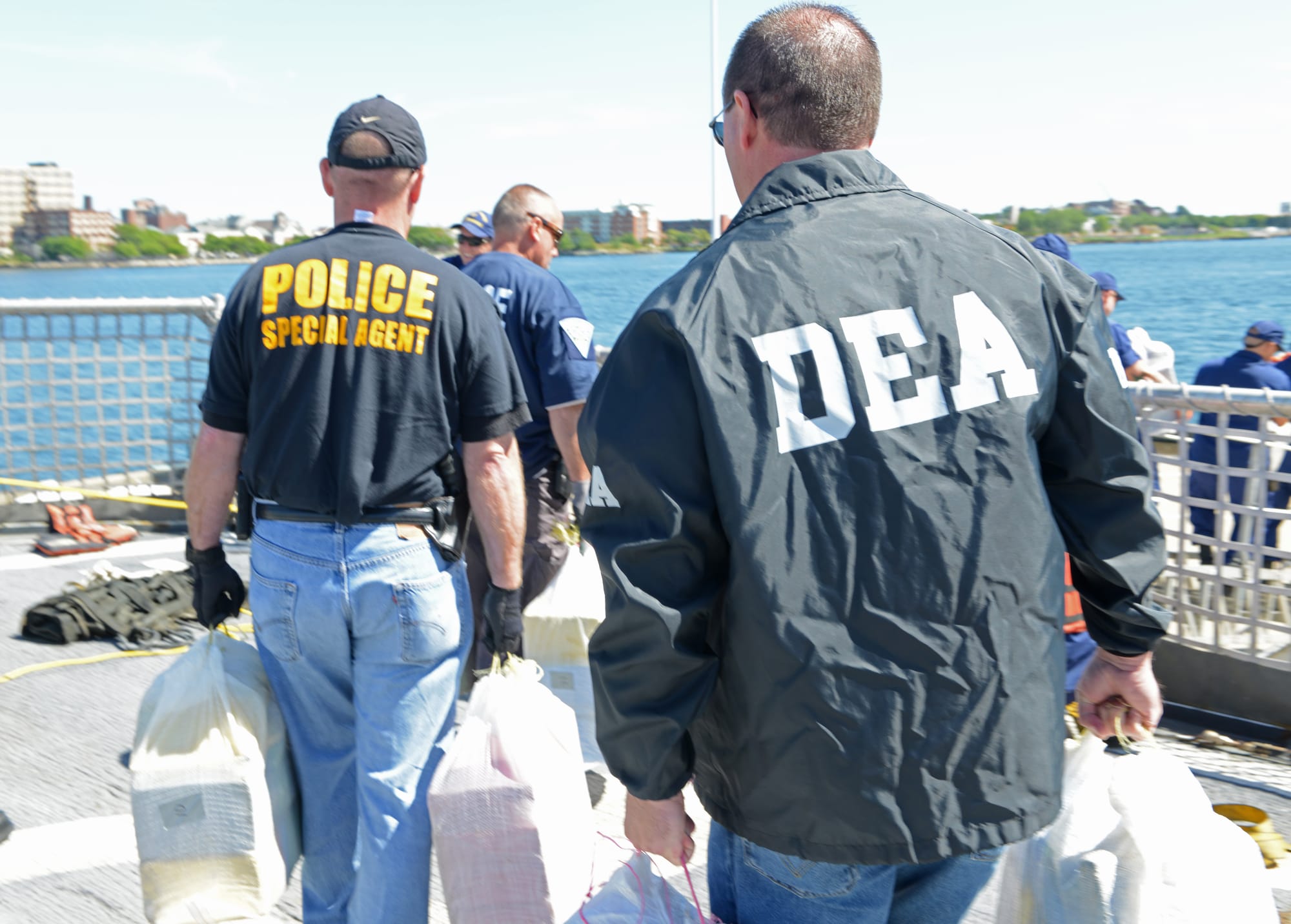
Earlier this week, a panel of drug policy reform advocates met on the lower floor of a radical coffee shop and bookstore to issue a stark warning: Prohibition is killing our neighbors, and decriminalizing or legalizing drugs may be the best way to save lives.
The cautionary words from panelists at an event hosted by the National Coalition for Drug Legalization on Tuesday proved prescient. Less than 24 hours after the discussion at Red Emma's, 11 individuals in Penn North overdosed, seven of whom were hospitalized. Like the spate of overdoses that hospitalized nearly 30 people in the same neighborhood in July, no one died. Yet, as cops launched another investigation in hopes of a drug bust, the event served as another example of the dangers posed by an unregulated, ever-changing drug supply.
"I've been sent to the emergency room. I've overdosed. I've had all of these experiences, and my personal experience has shown me that every harm we associate with drugs is either caused by or exacerbated by prohibition," said Thomas Higdon, executive director of the Maryland Alliance for Sensible Drug Policy.
The arguments against prohibition are supported by myriad studies, which have shown that drug enforcement can increase overdose death rates by disrupting the drug supply and pushing drug users toward riskier sources, a phenomenon known as the “Iron Law of Prohibition.”
Research has also demonstrated that drug busts can fuel violence, the prevention of which has been used to justify drug-war policing in Baltimore for years.
Debbie Ramsey, a retired Baltimore police detective and speaker for the Law Enforcement Action Partnership, spoke to the racist foundation upon which the war was founded. Drug enforcement in the city almost exclusively targets Black people, and older Black men are significantly more likely to die of overdoses.
"When we were locking up people in the higher echelon, kingpins so to speak, I knew for a fact that there were people in Roland Park behind closed doors doing that. So why were we not focusing on them?" Ramsey said.
"It never became a health issue until the population suffering the most was young white people."
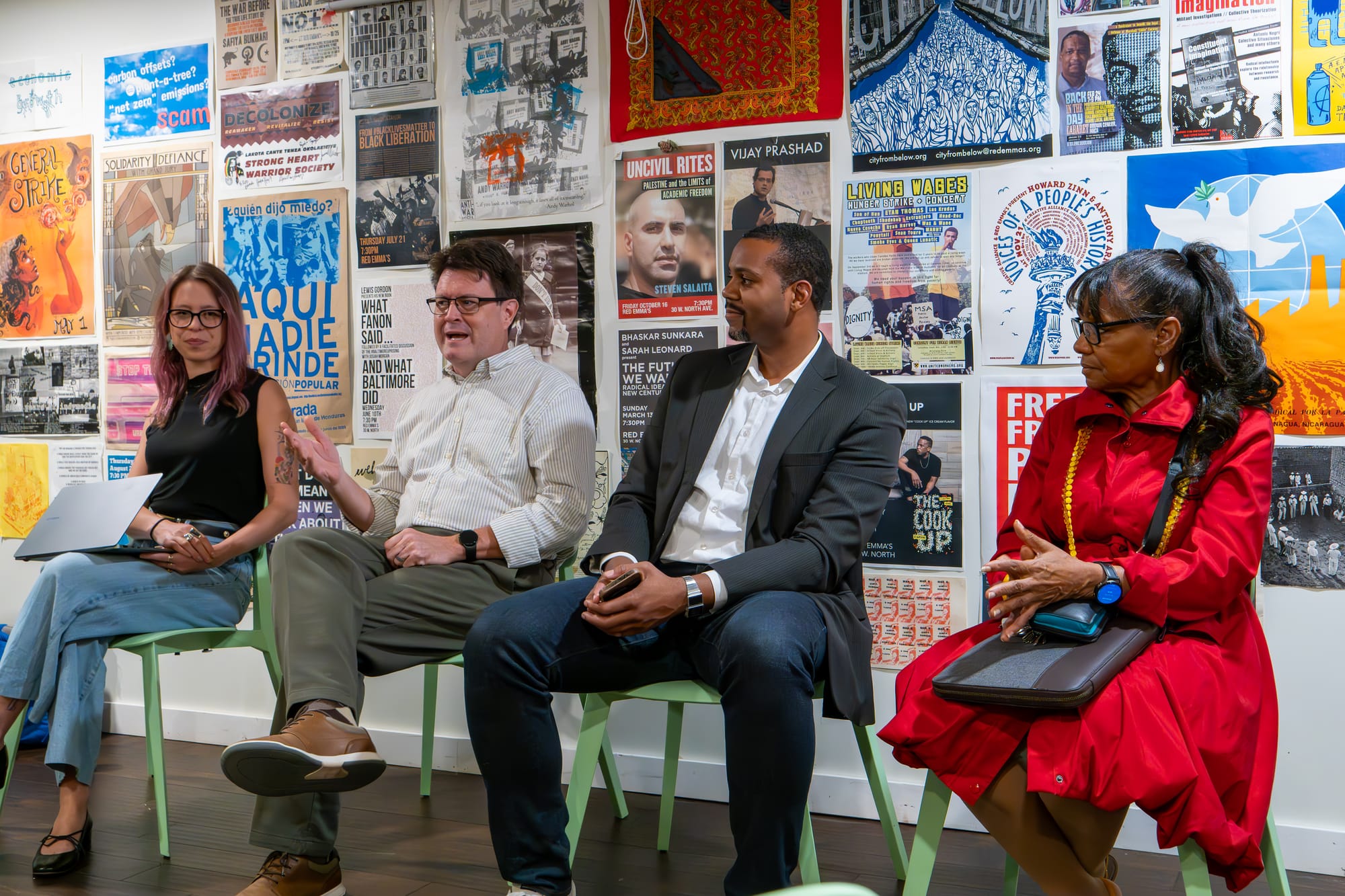
In the aftermath of this week's overdoses in Penn North, law enforcement agencies are investigating the source of what appeared to be another "bad batch" of fentanyl in West Baltimore. It's unclear whether the supply was unusually potent because of its fentanyl content or because of the presence of adulterants.
Drug users themselves may not be spared by the police, as it was launched after the BPD's top brass proclaimed that officers are targeting drug users for arrest just last month.
“We want to ultimately get to the supplier of drugs,” Commissioner Richard Worley said. “The way we get to the supplier of drugs is by arresting dealers. The way we get to the dealers is by arresting the users. There’s no way around it.”
Elected officials have attempted to distance themselves from such rhetoric, though Mayor Brandon Scott has repeatedly praised the city's Group Violence Reduction Strategy. The program is supposedly meant to connect at-risk individuals to resources, but it has largely entailed drug-war policing under the guise of violence prevention in practice.
More recently, the mayor's administration has shifted its focus to advertising the city's Opioid Restitution Fund, composed of hundreds of millions of dollars from opioid-related lawsuits. The money is slated to be disbursed over the next 15 years to bolster harm reduction and treatment initiatives.
During a Thursday press call about the upcoming launch of just $2 million in grants for community-based organizations, the mayor's team was asked whether the crackdowns on drug users and dealers alike could hamstring the same programs they intend to bankroll.
“The Mayor has been vocal in his opposition to the failed war on drugs," said J.D. Merrill, the mayor’s deputy chief of staff.
"Our focus with this community grant is on meeting people where they are with low-barrier mobile treatment, harm reduction, and social support services such as housing, transportation, food assistance, education, and employment."
However, even if the mayor truly does oppose the drug war, he was the one who nominated the top cop now leading it.
The BPD's crackdown on drugs has not only been encouraged by politicians such as Councilman Mark Conway, but it's also been fomented by local media. News outlets have sensationalized the overdose crisis while parroting police talking points. They have consistently failed to draw the connection between enforcement and overdose deaths.
In addition to using their platforms to manufacture consent for the drug war, some news organizations have played a key role in its proliferation by spreading disinformation about drugs themselves.
The Baltimore Banner, for instance, baselessly claimed on Wednesday that benzodiazepines are "often" found in Baltimore's drug supply. While they did play a role in the July overdoses in Penn North — after which cops raided the neighborhood and arrested five people — the "state testing" they cite to back up the claim actually refutes it.
As evidenced by the most recent data from the state health department's Rapid Analysis of Drugs program, benzodiazepines weren't present in any drug samples between April of last year and June of this year. Based on available data, public health experts have expressed significantly more concern about veterinary sedatives such as medetomidine.
The Banner later issued a lackluster "clarification" at the bottom of the piece, updating its language to characterize benzos as an "emerging substance" without acknowledging that their reporting was a fear-mongering falsehood.
Shortly thereafter, The Baltimore Sun published an article detailing how Penn North residents are "fatigued" by the overdoses.
If people are so fed up, why isn't the city addressing Enemy No. 1?
Even back before fentanyl was a household name in the drug supply, former Mayor Kurt Schmoke came out in support of complete drug decriminalization in 1988 as part of an unsuccessful attempt to combat the War on Drugs.
Decades later, former State's Attorney Marilyn Mosby made waves after implementing de facto decriminalization — a move lauded by public health advocates but reversed by Ivan Bates just a few years later.
The city appears to be moving in the wrong direction as harm reductionists continue to demand reforms at the local and state levels.
Abby Winiker, program director for the Bloomberg Overdose Prevention Initiative and speaker at the panel at Red Emma's, partly attributed the regression to a surge in crime during the COVID-19 pandemic that prompted voters to force out prosecutors who held more progressive views on drug policy.
"There was a narrative that spread that demonized the politicians for not being tough on crime, and that hurt the progress that was made because political will decreased substantially," Winiker said. "Public opinion swung backward. It's a discouraging moment."
Others on the panel, such as Joshua Harris, vice president of the city's Police Accountability Board, said politicians aren't going to enact policies that are more ambitious than what the general public demands. Instead, they've opted for policies that maximize their chance of winning their election bid.
That's something harm reductionists have seen as they've pushed for overdose prevention centers and paraphernalia decriminalization. Officials may pay lip service to such issues, but there's been no concrete action to implement them.
Advocates say the lack of action makes it imperative for drug policy advocates to conjure up more public support for reforms, whether it be OPCs, decriminalization or legalization.
"Some people regard [the War on Drugs] as a success because it's doing what it's designed to do, which is destroy communities and destroy lives in order to have political control," Higdon said.
"We need to educate our friends, our neighbors, our congregations. We need to spend more time at the ground level to build that public support. I don't think that elected politicians are going to do anything until their constituents demand it."
Therein lies the problem. As the overdose crisis rages on, our leaders are failing us by explicitly and implicitly supporting the War on Drugs. They've feigned a shift of focus toward harm reduction, while millionaire-backed media outlets fuel the death campaign by parroting copaganda.
So, who is there to stand up for the drug users, and who is going to stand up to individuals and institutions that are complicit in their deaths?
It is us — it has always been us. We must not only advocate for change but also vehemently fight back against any entity that is content with allowing our most vulnerable neighbors to rot.
Donate to local harm reduction organizations. Show up to City Council meetings to demand reforms. And, most importantly, stand proudly alongside those who use drugs.

Last week's newsletter: "Booze-free holidays and the normalization of harm reduction"
As we enter the final stretch of 2025, it seems that every month is arbitrarily designated as a holiday or some sort of month-long challenge. The most recent craze is "Sober October," which calls upon people to temporarily abstain from alcohol.
Like "Dry January," proponents of Sober October cite the numerous health benefits of cutting back alcohol consumption, including better sleep and more energy. Long-term benefits include lower blood pressure and a lower risk of cancer. Yet many of those who opt to participate may not realize that putting down the bottle for the sake of health benefits is a way of taking part in harm reduction.
"Harm reduction is a set of practical strategies and ideas aimed at reducing negative consequences associated with drug use," according to the National Harm Reduction Coalition.
Yes, alcohol is a drug.
Read the full newsletter here.
Mobtown Redux's Overdose Data has been updated with the latest local, state and national data
Baltimore's overdose death toll in 2024 remained at 778 this month — this is preliminary data that's subject to change as causes of death are determined. That marks a 25.4% decrease from the year prior.
In the 12-month period ending in August, Baltimore saw 559 deaths, a death rate of 95.4 per 100,000 people. Statewide, there were 1,338 deaths, a death rate of 21.7 per 100,000 people.
The data indicates that fatal overdoses continue to trend downward after years of climbing, though poor Black neighborhoods in West Baltimore continue to suffer the most.
Check out Mobtown Redux's Overdose Data Dashboard here.
Click here to learn more about harm reduction resources in the Baltimore area.
Filter: "Veterans, Other Advocates Demand Marijuana Justice on Capitol Hill"
At the end of September, a lobbying effort on Capitol Hill sought to convince lawmakers of the need to move toward federal cannabis legalization, to free people incarcerated for marijuana convictions, and to ensure access, in particular, for veterans impacted by a range of health conditions.
Events over two days were coordinated by a pair of nonprofits that share these goals: Last Prisoner Project (LPP) and Balanced Veterans Network (BVN). Their representatives visited over a dozen congressional offices, including those of influential members of the House Committee on Veterans’ Affairs and other Congress members who are veterans.
Click here to read the full article.





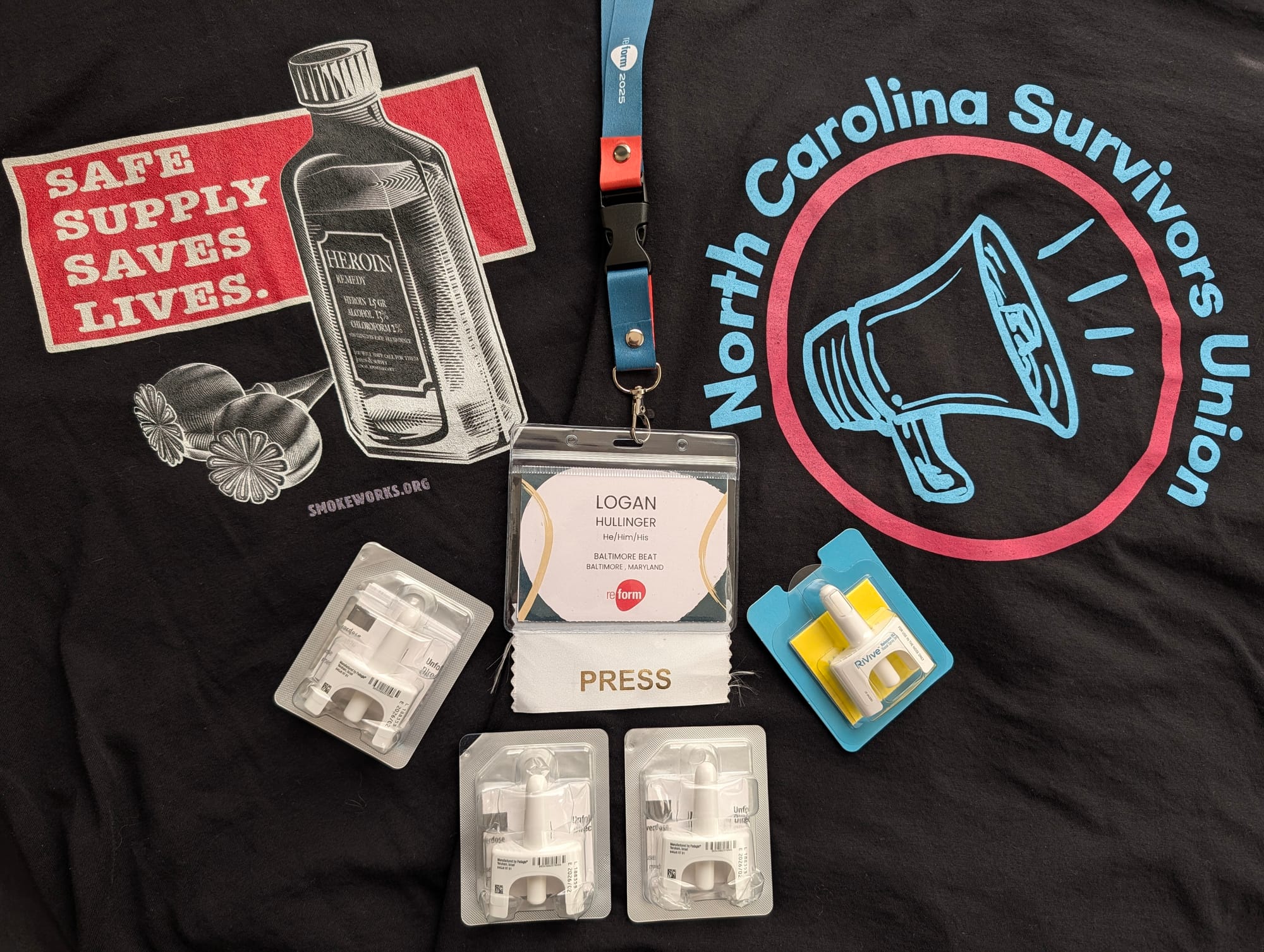
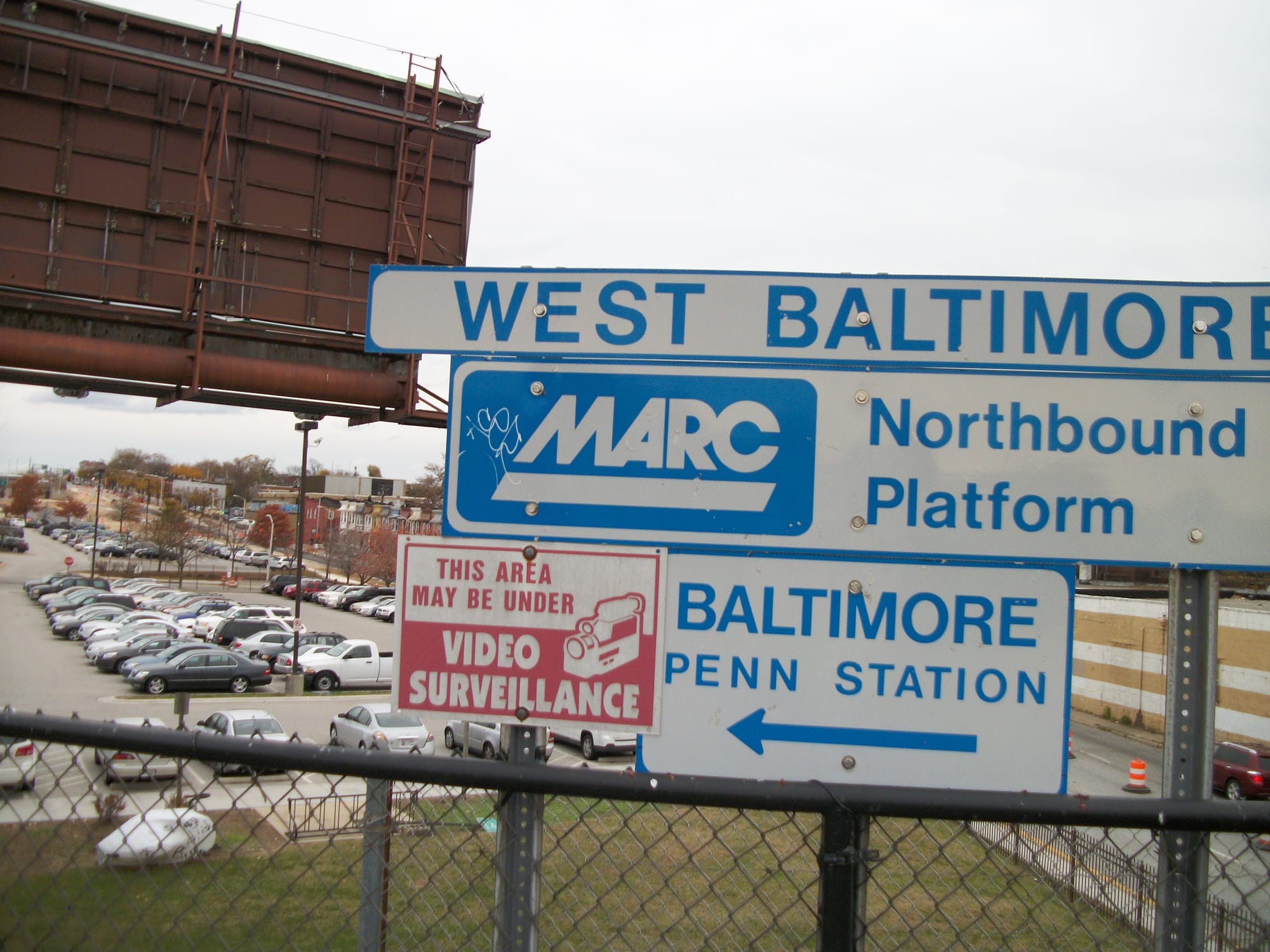

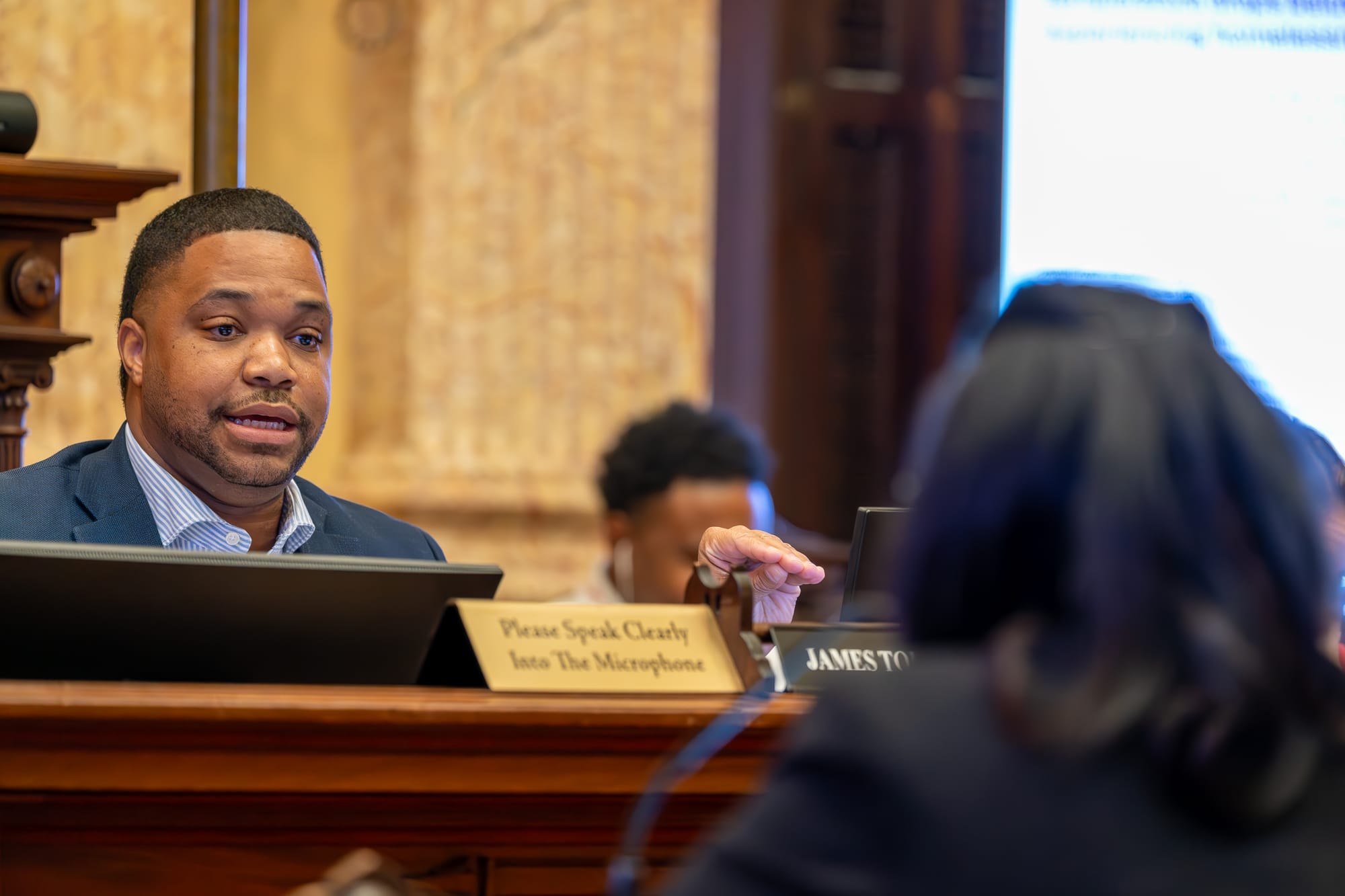
Comments